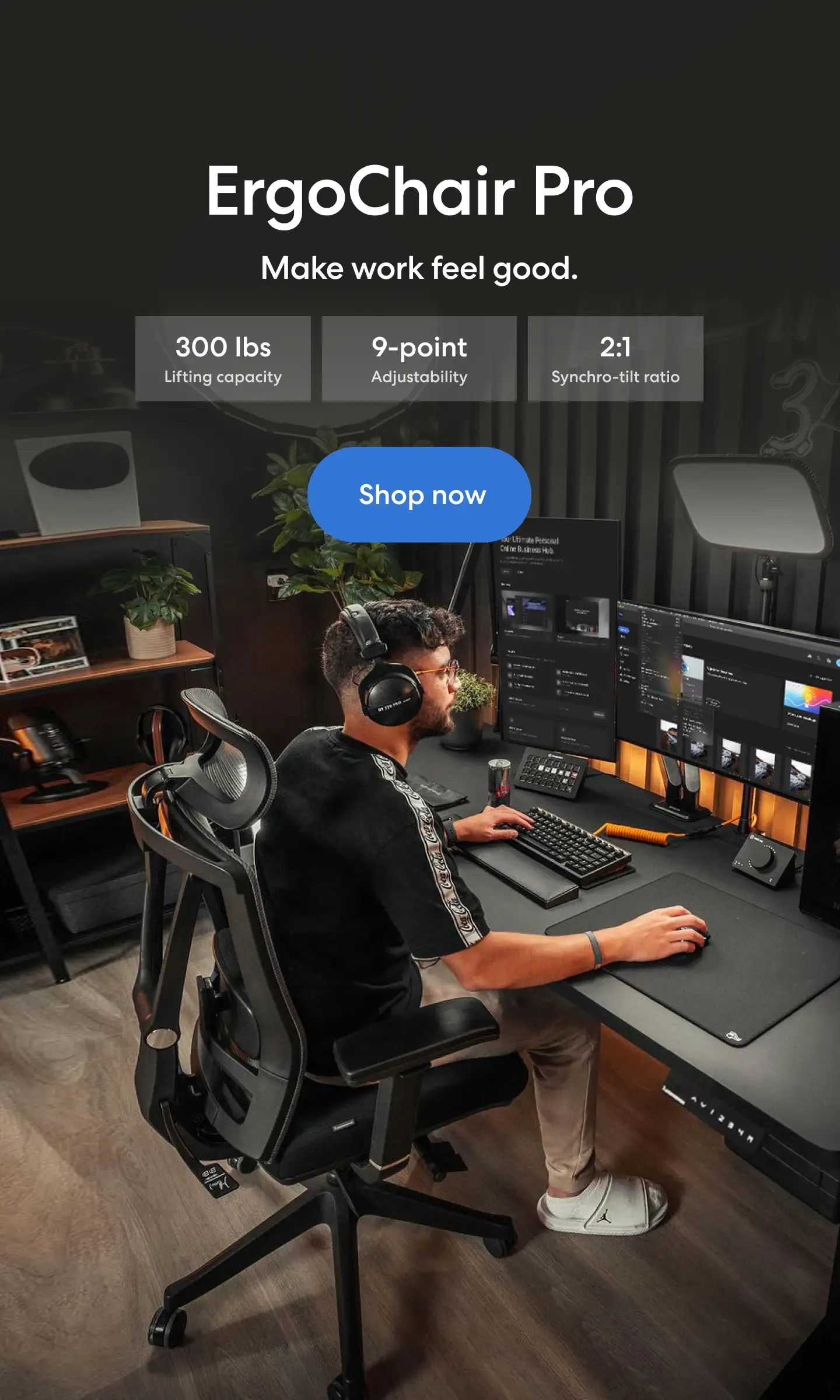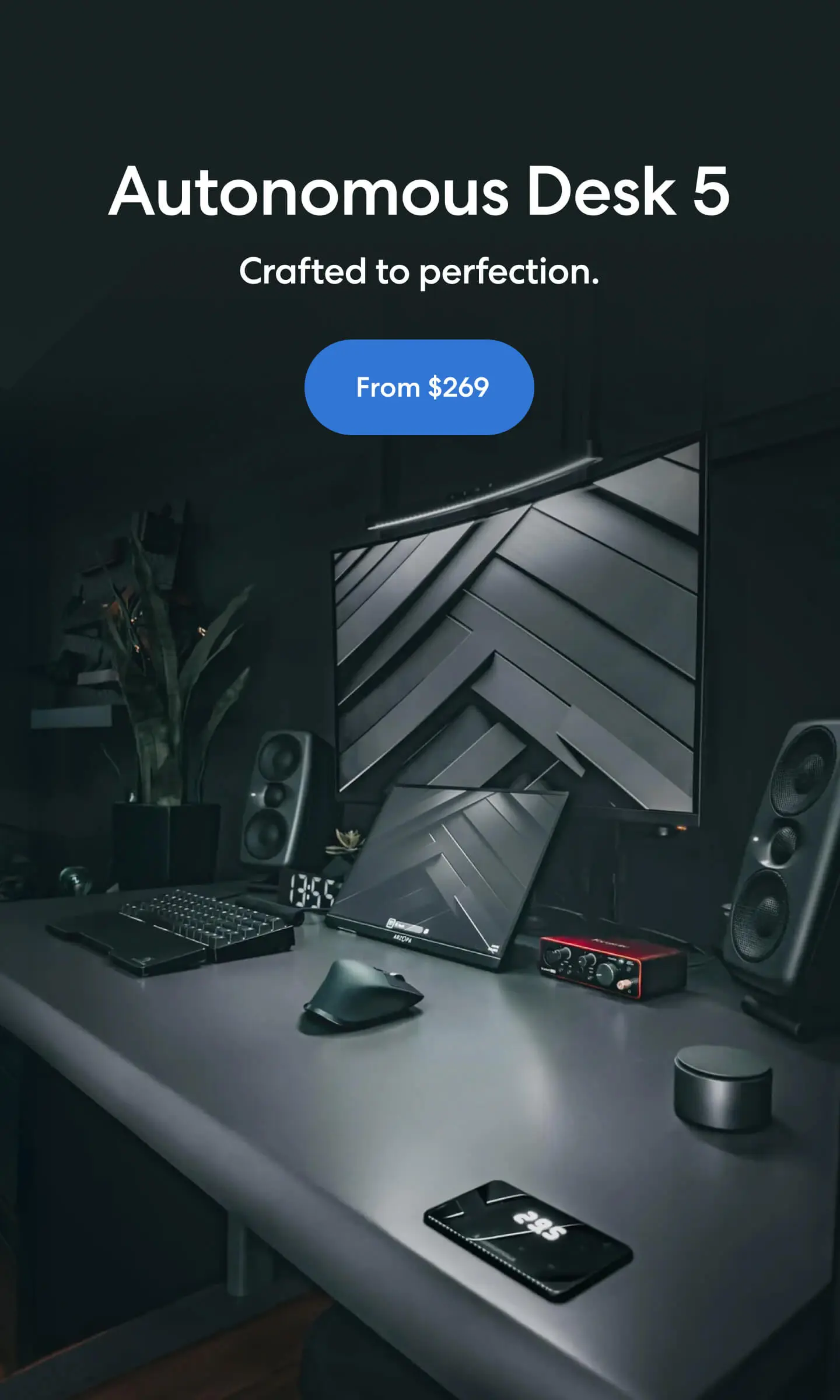
7 Best Flexible Chairs To Improve Posture & Relieve Pain
Table of Contents
Prolonged sitting at your desk shouldn't mean sacrificing your comfort or health. A flexible chair transforms the way you work by adapting to your body's natural movements and needs throughout the day.
Whether you're dealing with persistent back pain, feeling restless during long meetings, or simply seeking better posture, the right ergonomic chair can make all the difference. This guide will help you discover how flexible chairs work, why they matter for your wellbeing, and how to choose the perfect one that keeps you comfortable, energized, and productive from morning to evening.
What Is A Flexible Chair?
A flexible chair is more than just a standard seat—it's an adaptable seating solution designed to move with you, adjust to your body, and support various sitting positions throughout your workday. Unlike rigid, one-size-fits-all furniture, these innovative chairs prioritize personalization and dynamic comfort.
Here’s what makes a flexible chair stand out:
- Adaptive Backrest:
The backrest flexes and moves with your spine’s natural curve, maintaining consistent support as you lean forward, recline, or rotate. This gentle responsiveness helps prevent stiffness and promotes healthy sitting posture throughout long work hours.
- Elastic Materials:
Many designs use advanced mesh or polymer materials that bend slightly with your movements, ensuring even pressure distribution and steady airflow for lasting comfort.
- Adjustable Lumbar Zones:
Instead of requiring constant manual adjustments, a flexible back office chair automatically aligns with your lower back, offering personalized support that evolves as you change position.
Many mesh office chairs with lumbar support incorporate this adaptive technology, combining breathable materials with dynamic adjustment systems for continuous comfort.
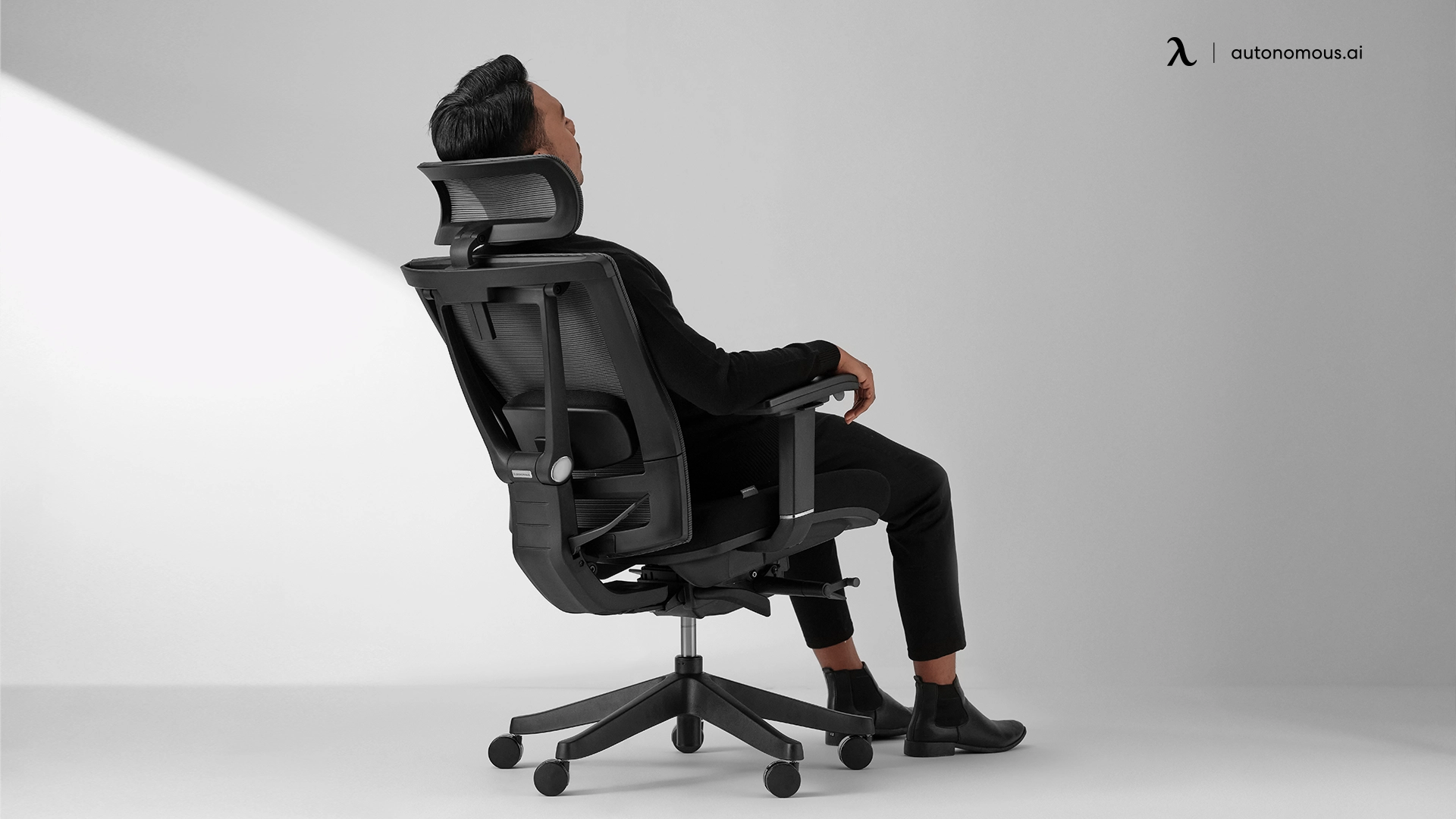
- Dynamic Seat Tilt:
A flexible seating chair uses a smooth, balanced tilt mechanism that keeps your hips open and legs relaxed, encouraging natural motion without straining your muscles.
- Multi-Angle Recline:
With a range of recline angles that flow effortlessly, a flexible office chair allows subtle posture variations—helping you stay comfortable whether you’re working, thinking, or taking a short pause.
Understanding these distinctions helps you identify which type of flexibility matters most for your specific situation, whether that's all-day desk work, active collaboration, or managing chronic discomfort.
The Benefits of A Flexible Chair
The beauty of a flexible chair lies in how naturally it supports your body and workflow. It’s not just about sitting—it’s about staying in motion, keeping your energy and focus steady throughout the day. By adjusting to you, a flexible desk chair transforms long sitting hours into a more balanced experience.
- Improved Posture And Spinal Health:
A flexible office chair accommodates these curves by allowing you to adjust lumbar support, backrest angle, and seat depth. This customization helps maintain proper alignment, reducing the strain that leads to slouching and the long-term postural issues that come with it.
- Reduced Back Pain and Discomfort:
Chronic back pain affects millions of desk workers, often stemming from inadequate seating. A flexible back office chair addresses this by distributing your weight evenly and supporting pressure points. Modern designs have evolved to make position changes effortless, a reclining ergonomic chair, for instance, allows you to fine-tune settings and shift postures naturally, preventing the prolonged strain that compounds discomfort and helps your body move as it was meant to, even while seated.
- Better Circulation and Core Engagement:
Static sitting restricts blood flow and allows muscles to become dormant. Flexible seating chairs, especially those encouraging subtle movement, promote better circulation throughout your legs and lower body. Some designs activate your core muscles through gentle balancing or rocking motions, turning passive sitting into light, continuous exercise. This approach to active sitting keeps you more alert and energized compared to traditional static chairs.
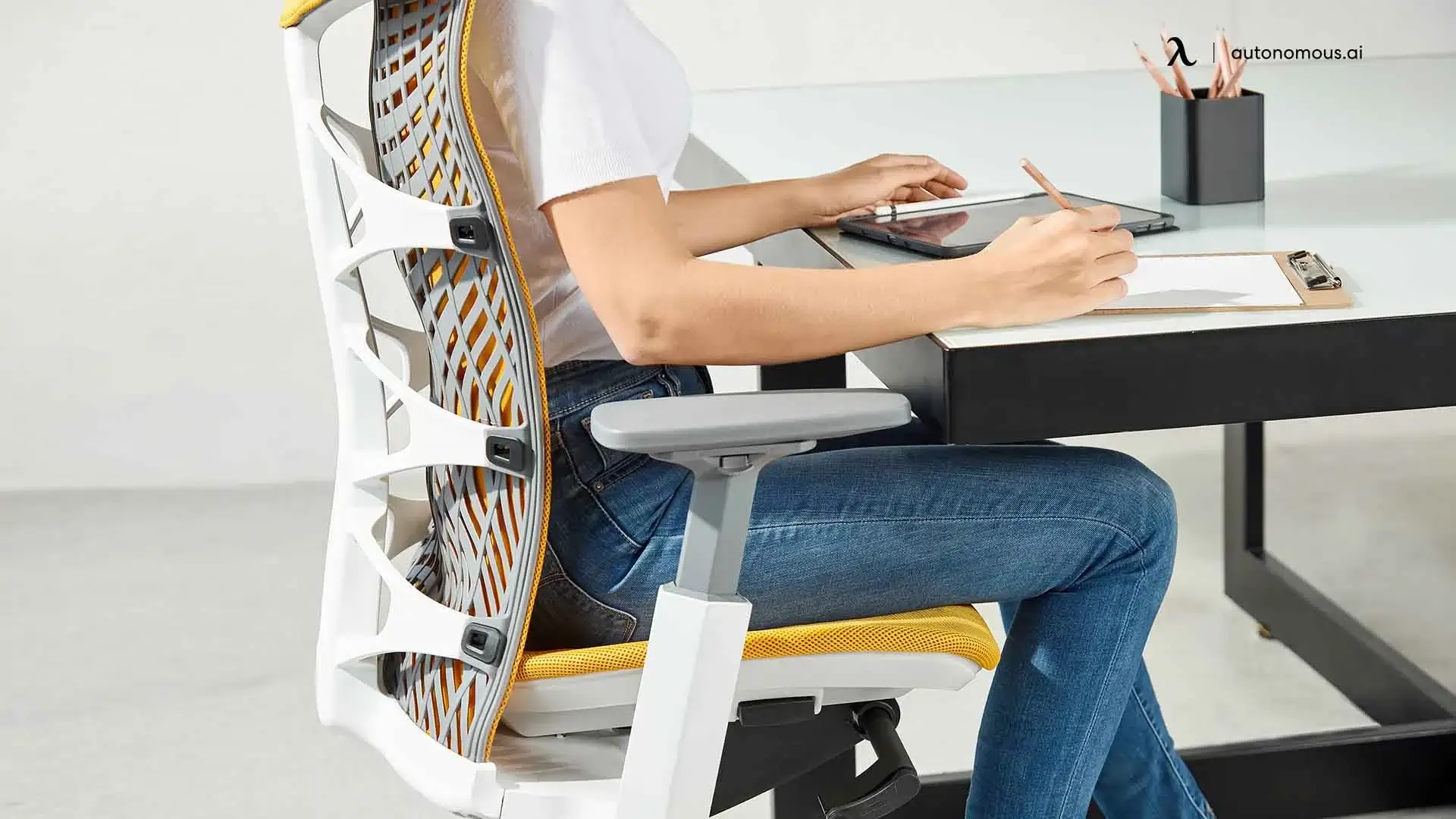
Key Features to Look For In A Flexible Office Chair
Choosing the right flexible chair means looking beyond marketing claims and understanding which features actually deliver meaningful comfort and adaptability. Here's what separates exceptional seating from merely adequate options.
- Adjustability Range and Ease of Use:
The hallmark of any quality flexible office chair is comprehensive adjustability, but equally important is how easily you can make those adjustments. Look for intuitive controls within easy reach—levers and knobs that don't require you to stand up or contort yourself to operate.
Seat height should offer a range that accommodates your desk height and leg length, typically 16-21 inches from the floor. Seat depth adjustment is often overlooked but critical for proper thigh support— an ideal chair height for your flexible desk chair should allow 2 to 4 inches of space between the seat edge and the back of your knees.
Backrest adjustments matter significantly. A flexible back office chair should allow both height positioning (so lumbar support hits the right spot on your spine) and angle adjustment. Tension control lets you customize how much resistance you feel when reclining, ensuring the chair moves with you effortlessly.
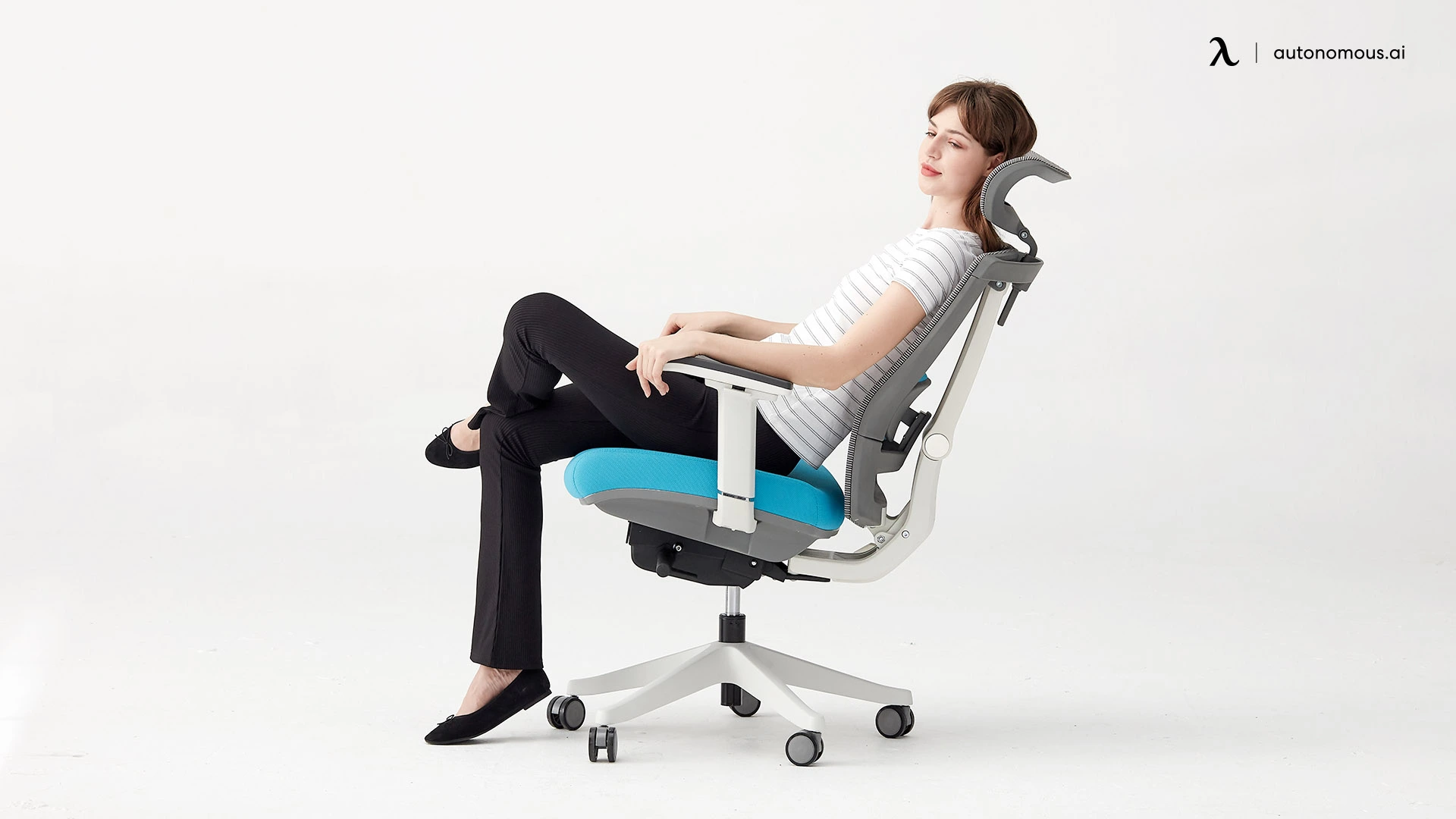
- Material Quality and Breathability:
The office chair materials touching your body during 8+ hour days matter immensely. High-quality mesh in a flexible seating chair promotes airflow, preventing the heat buildup and sweating common with foam or leather. Look for mesh chairs with adjustable tension—too loose provides inadequate support, while overly tight mesh can feel restrictive.
- Weight Capacity and Build Quality:
A flexible seating office chair should comfortably support your body weight with a safety margin. Most quality chairs support 250-300 pounds, while heavy-duty office chairs accommodate 400+ pounds. Exceeding the weight limit compromises both safety and the chair's responsive flexibility.
Inspect the base and casters—a five-point base provides optimal stability, while smooth-rolling casters appropriate for your floor type (carpet vs. hardwood) ensure effortless movement.
The Best Flexible Chairs For Your Comfort
Finding the right flexible chair means matching your budget and needs with proven performance. Here are the top options across different price ranges, each excelling in adaptability and responsive movement.
1. Herman Miller Embody - Best Premium Flexible Office Chair
The Embody's flexibility comes from its unique pixelated backrest structure—a matrix of individual support elements that function independently rather than as a single rigid surface. Each pixel flexes in response to your specific pressure points, creating customized support that shifts as you move.
The seat and back coordinate as a unified system, which helps distribute pressure more evenly during extended sitting sessions. While it ranks among the most expensive office chairs on the market, those seeking comprehensive flexible seating chair features will find that the Embody offers a well-engineered solution that justifies its premium positioning.
Key Flex Features: Pixelated dynamic support matrix, Backfit spine adjustment, synchronized seat and back movement.
2. Steelcase Leap - Best Flexible Back Office Chair
The Leap's LiveBack system uses a flexible lower spine that physically changes the backrest's curvature as you recline—not just the angle, but the actual shape. When you lean back 20 degrees, the backrest doesn't simply tilt; it curves differently to maintain contact with your changing spinal position.
This shape-morphing happens through a flexible internal frame that bends in response to the reclining angle, delivering the kind of office chairs with spine support that adapts continuously rather than remaining static. The Natural Glide recline system and adjustable lumbar firmness add further customization. This flexible office chair works well for varied body types, though the range of adjustments may feel complex initially.
Key Flex Features: LiveBack dynamic shape-changing technology, Natural Glide recline system, adjustable lumbar firmness.
3. Autonomous ErgoChair Ultra 2 - Best Tech-Forward Flexible Desk Chair
The Autonomous Ergochair Ultra 2 uses TPE (thermoplastic elastomer) for its backrest—a material that combines rubber's flexibility with plastic's structure. Unlike mesh, which stretches uniformly, TPE bends directionally, providing more resistance to lateral movement while remaining flexible for forward/backward lean.
The adaptive lumbar system adjusts in both height and depth, and the armrests offer multiple positioning options. This ergonomic chair for back pain represents a contemporary approach to materials and design at a competitive mid-range price.
Key Flex Features: TPE elastomer flexible backrest, 3D adaptive lumbar system, multi-angle recline with tension control.
4. Humanscale Freedom - Best for Intuitive Dynamic Movement
The Freedom uses a weight-sensitive recline mechanism that automatically adjusts based on your body weight, eliminating manual tension controls. This intuitive system is particularly beneficial for a wide range of body types, making it an excellent consideration when choosing the best office chair for a large person. The synchronized armrests move with the backrest to maintain support at different angles.
This flexible desk chair suits those who prefer simpler operation, though some users may miss the precise control offered by manual adjustments. It's a streamlined approach to flexibility that prioritizes ease of use.
Key Flex Features: Weight-responsive auto-recline, synchronized armrest movement, mechanism-free intuitive adjustment.
5. Haworth Fern - Best Eco-Friendly Flexible Chair
The Fern's Wave Suspension back mimics organic leaf structures, featuring a flexible mesh that's thicker at the spine and progressively thinner toward the edges. This graduated density creates natural flex patterns—the center provides firm support while outer areas yield more easily, similar to how leaves bend.
The adaptive nature of this design makes it particularly effective for users of varying heights and builds, including those seeking petite office chairs for short people who need proper lumbar alignment without excess bulk.
Made with recycled materials, this flexible office chair appeals to environmentally conscious buyers who also value adaptive seating, though some may find the aesthetic more distinctive than traditional office chairs.
Key Flex Features: Wave Suspension biomimetic flexibility, EcoFlex elastic material, particle suspension pressure distribution.
6. Autonomous ErgoChair Pro - Best Affordable Flexible Seating Office Chair
The Autonomous ErgoChair Pro combines flexible mesh with TPE materials to create adaptive seating at an accessible price point. The lumbar support adjusts vertically and in depth, while the synchronized tilt mechanism coordinates basic seat and back movement.
For those working within budget constraints who still want genuine flexibility features rather than just basic adjustability, this office chair for long hours offers a practical compromise.
Key Flex Features: Mesh and TPE hybrid flexible materials, adjustable lumbar support system, synchronized tilt mechanism.
7. Branch Ergonomic Chair - Best Budget Flexible Office Chair
The Branch Ergonomic Chair provides flexible mesh back support with seven adjustment points for customization. The synchronized tilt mechanism coordinates seat and back movement, and the lumbar support can be repositioned as needed.
For those seeking an affordable office chair, this flexible desk chair delivers essential features at a lower price, though materials and build quality reflect the budget-friendly positioning.
Key Flex Features: Responsive mesh back flexibility, 7-point adjustment system, synchronized tilt with tension control
Each chair offers different strengths in flexibility, and your best choice depends on budget, body type, and daily sitting hours. Premium options typically provide more sophisticated mechanisms and longer warranties, while mid-range and budget selections balance essential features with affordability.
Flexible Chairs vs. Traditional Chairs
Understanding the differences between flexible chairs and traditional office seating helps clarify whether upgrading is worth the investment for your specific situation.
Traditional office chairs typically offer basic height adjustment and perhaps a simple tilt lock mechanism. Once you set them, they remain static—your body adapts to the chair rather than the other way around. A flexible office chair, by contrast, continuously responds to your movements through material elasticity, mechanical systems, or both.
- A Quick Look:
Aspect | Flexible Chairs | Traditional Chairs |
Movement Response | Adapts continuously to body shifts and posture changes | Fixed position once adjusted; limited response to movement |
Adjustability | Multiple adjustment points (5-15+); often intuitive mechanisms | Basic adjustments (height, basic tilt); manual locks |
Spinal Support | Dynamic support that follows spine movement; adaptive lumbar | Static lumbar pad or fixed backrest contour |
Material Technology | Flexible mesh, TPE, and elastomers that conform to the body | Rigid foam, leather, or basic fabric over a solid frame |
Price Range | $300-$1,500+ | $100-$400 |
Lifespan | 5-12 years with proper use | 2-5 years typical |
Comfort Duration | Maintains comfort through 8+ hour days | Comfort often diminishes after 3-4 hours |
Learning Curve | May require an adjustment period (1-2 weeks) | Immediately familiar; minimal adaptation needed |
Traditional chairs serve their purpose for many situations, but they represent an older design philosophy—one where furniture was static and bodies were expected to adapt. Flexible chairs reverse this relationship, which matters increasingly as desk work extends into longer daily durations.
The question isn't whether flexible chairs are objectively "better"—it's whether the specific advantages of flexibility address your actual needs, usage patterns, and budget realities. In cases where neither flexible nor traditional chairs address your needs, considering office chair alternatives, like saddle chairs, kneeling chairs, or balance ball seats, may provide better solutions. Consult healthcare providers if you have specific orthopedic needs.
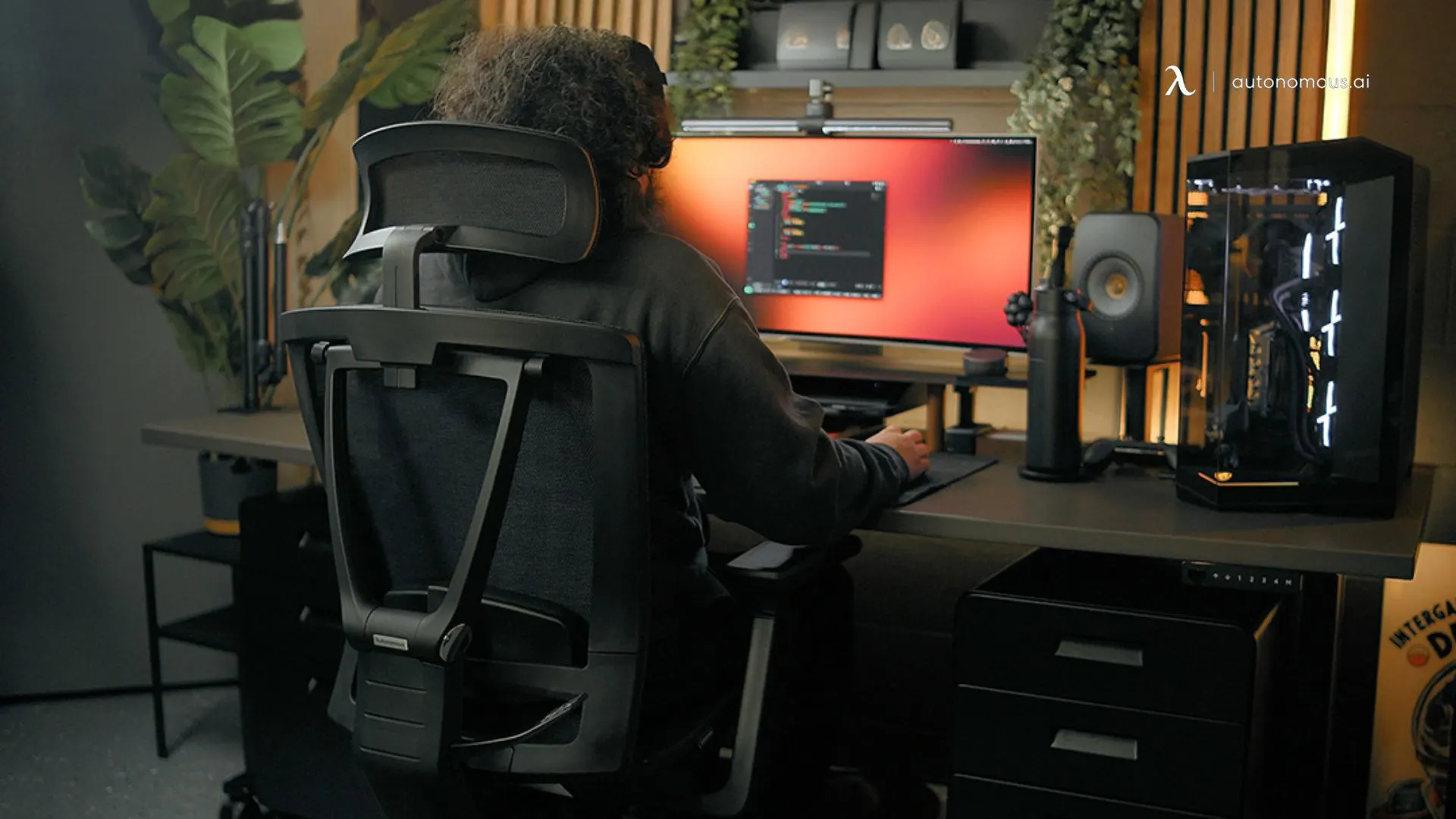
FAQs
1. Are flexible chairs good for back pain?
Yes. A flexible chair supports your spine’s natural movement and helps reduce back pain by adapting to your posture throughout the day. Its dynamic lumbar support and flexible materials distribute pressure evenly, preventing the strain that rigid chairs often cause.
2. Do flexible chairs really improve posture?
Flexible chairs improve posture by supporting your spine's natural curves while allowing healthy movement rather than forcing rigid positioning. The adaptive support encourages you to sit properly because it feels more comfortable than slouching, and the continuous micro-adjustments prevent the muscle fatigue that leads to poor posture.
3. Can flexible desk chairs help with sciatica?
Yes. A flexible desk chair can ease sciatica by reducing pressure on the lower back and sciatic nerve. Its adaptive seat and lumbar support promote better weight distribution and spinal alignment, minimizing nerve compression and improving overall comfort during long sitting hours.
4. How long do flexible office chairs last?
A high-quality flexible office chair typically lasts 7 to 12 years, depending on usage and care. That’s considerably longer than standard office chairs, which often wear out within 2 to 5 years due to less durable materials and limited movement design..
5. What makes a chair flexible?
A flexible chair combines responsive materials and mechanical systems that move with your body. Mesh or elastomer backs bend with your posture, while synchronized tilt and self-adjusting recline mechanisms ensure smooth, supportive movement across different sitting positions.
6. Who should use a flexible office chair?
A flexible office chair benefits anyone who spends long hours sitting — including remote workers, office professionals, students, and gamers. It’s especially useful for people with back pain, posture issues, or poor circulation, offering continuous ergonomic support that promotes comfort and health over time.
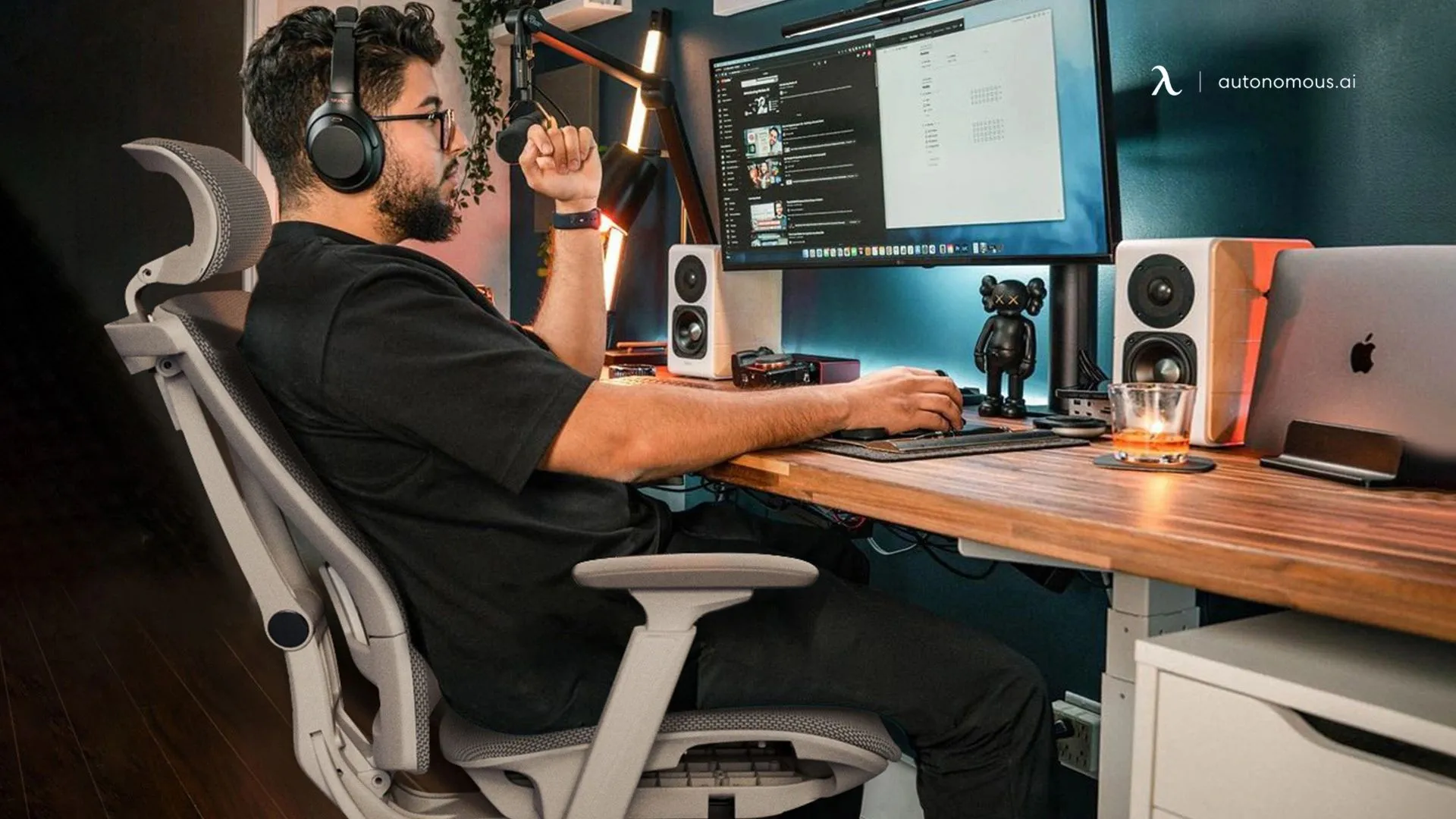
Final Thoughts
Your seating choice profoundly impacts your daily comfort, long-term health, and work performance. A flexible chair isn't just furniture—it's an investment in your body's wellbeing during the thousands of hours you'll spend at your desk this year and beyond.
Throughout this guide, we've explored how flexible office chairs adapt to your movements, support your spine dynamically, and prevent the discomfort that comes from static seating. Whether you're drawn to premium models with sophisticated engineering, mid-range flexible desk chairs that balance features and affordability, or budget-friendly options that still deliver genuine flexibility, the right choice exists for your needs and budget.
The difference between struggling through your workday with mounting discomfort and feeling supported from morning to evening often comes down to this single decision. If you're working extended shifts, an 8-hour office chair specifically designed for full workday comfort becomes an even more important consideration.
Assessing your current seating situation honestly—whether you're experiencing upper back pain, fidgeting constantly, or feeling fatigued by mid-afternoon—helps identify whether your body needs better support.
Don't wait for minor discomfort to become chronic pain. Explore the flexible seating chairs that match your requirements, read user reviews, and, when possible, test options in person. Your back, your productivity, and your future self will thank you for prioritizing comfort and adaptability today.
Spread the word
.svg)

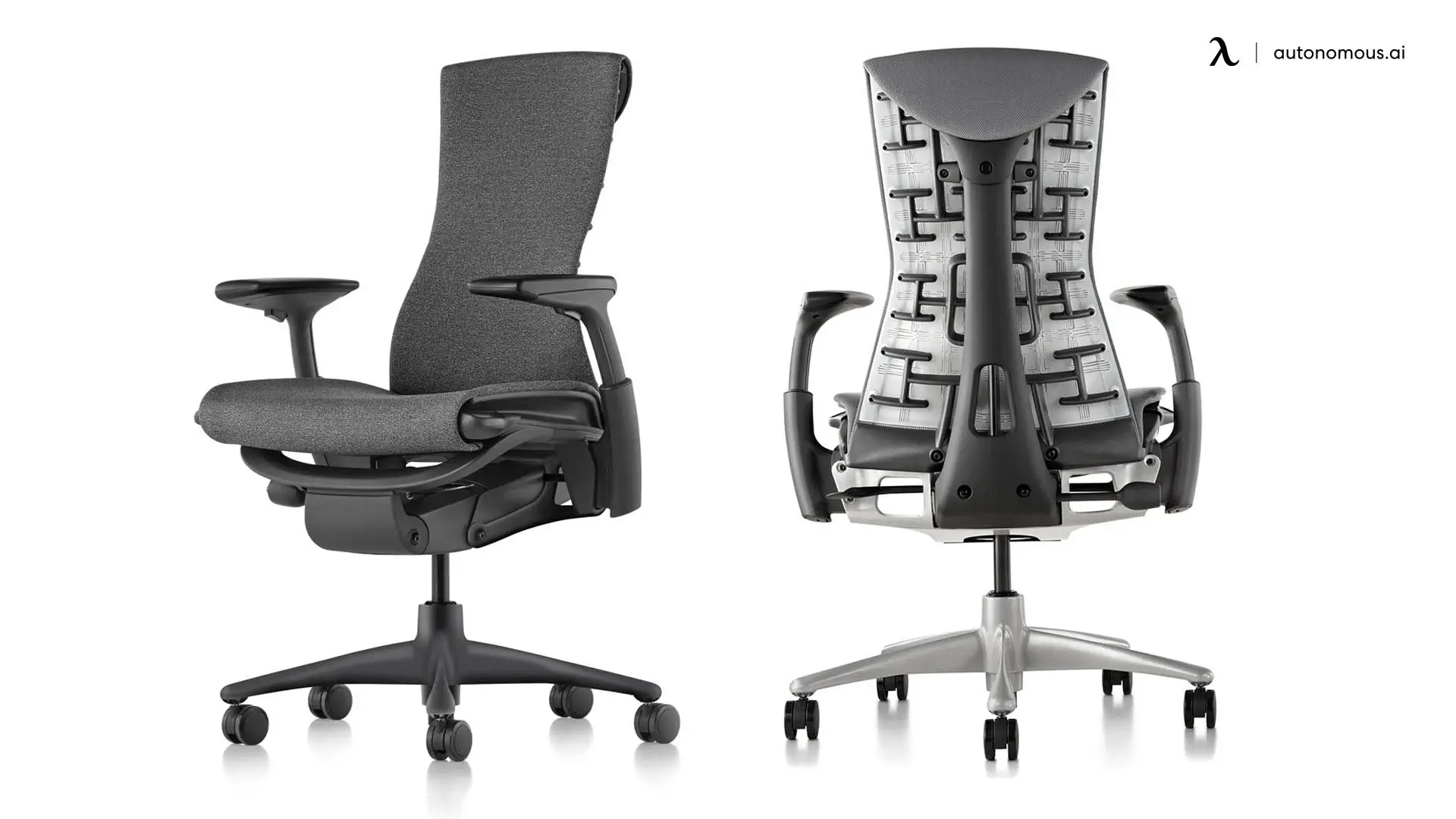


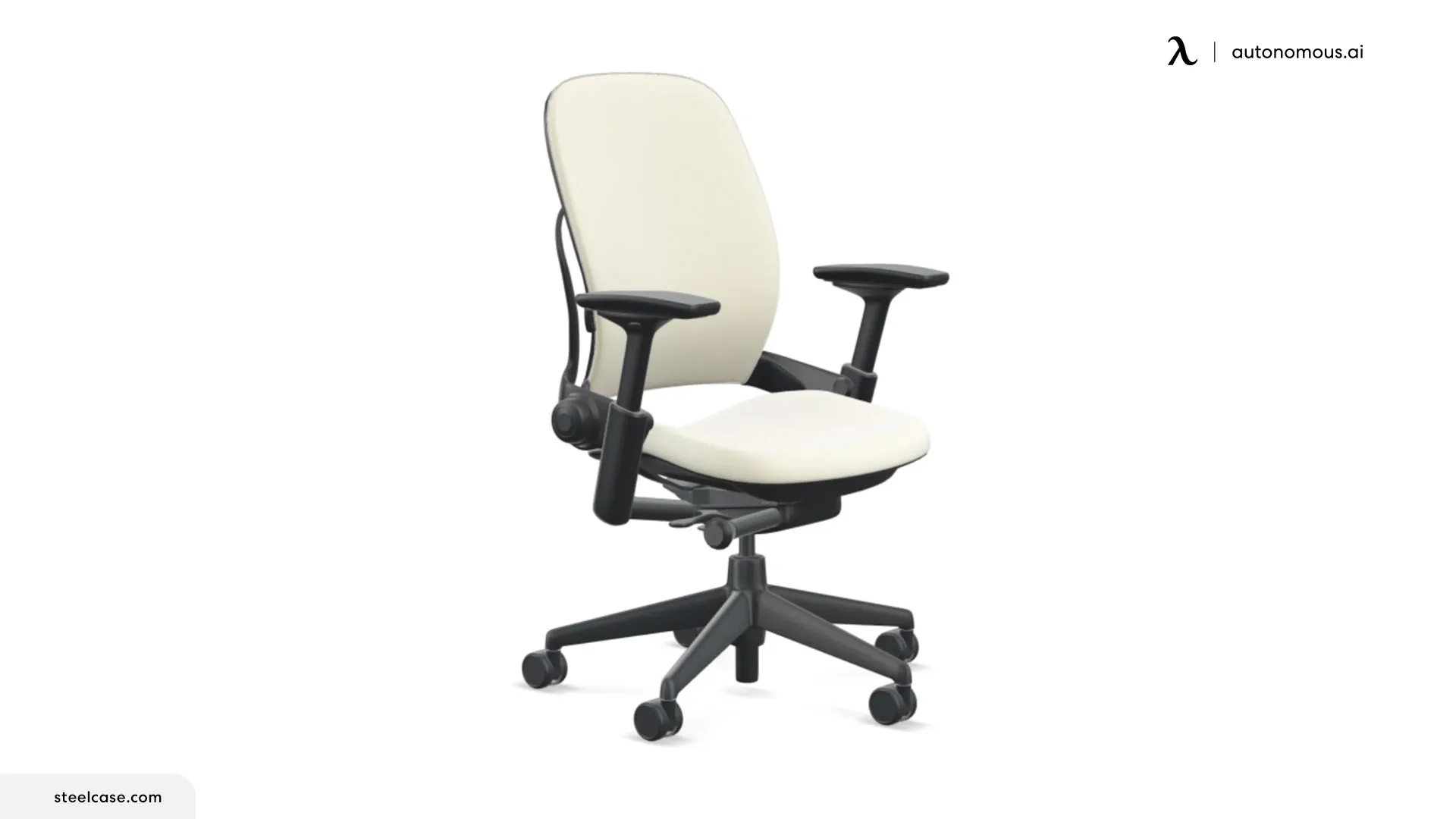
.jpg)
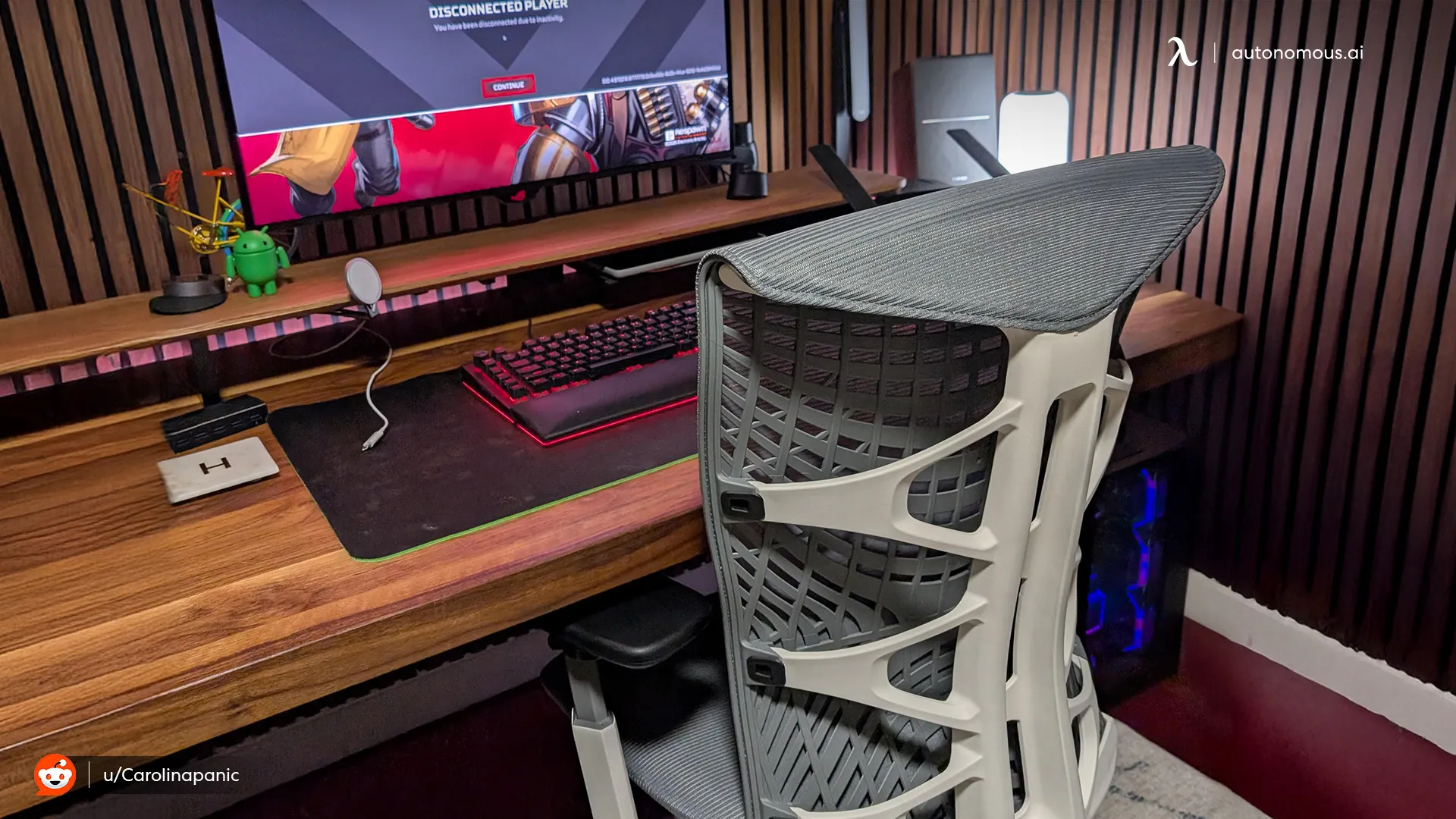
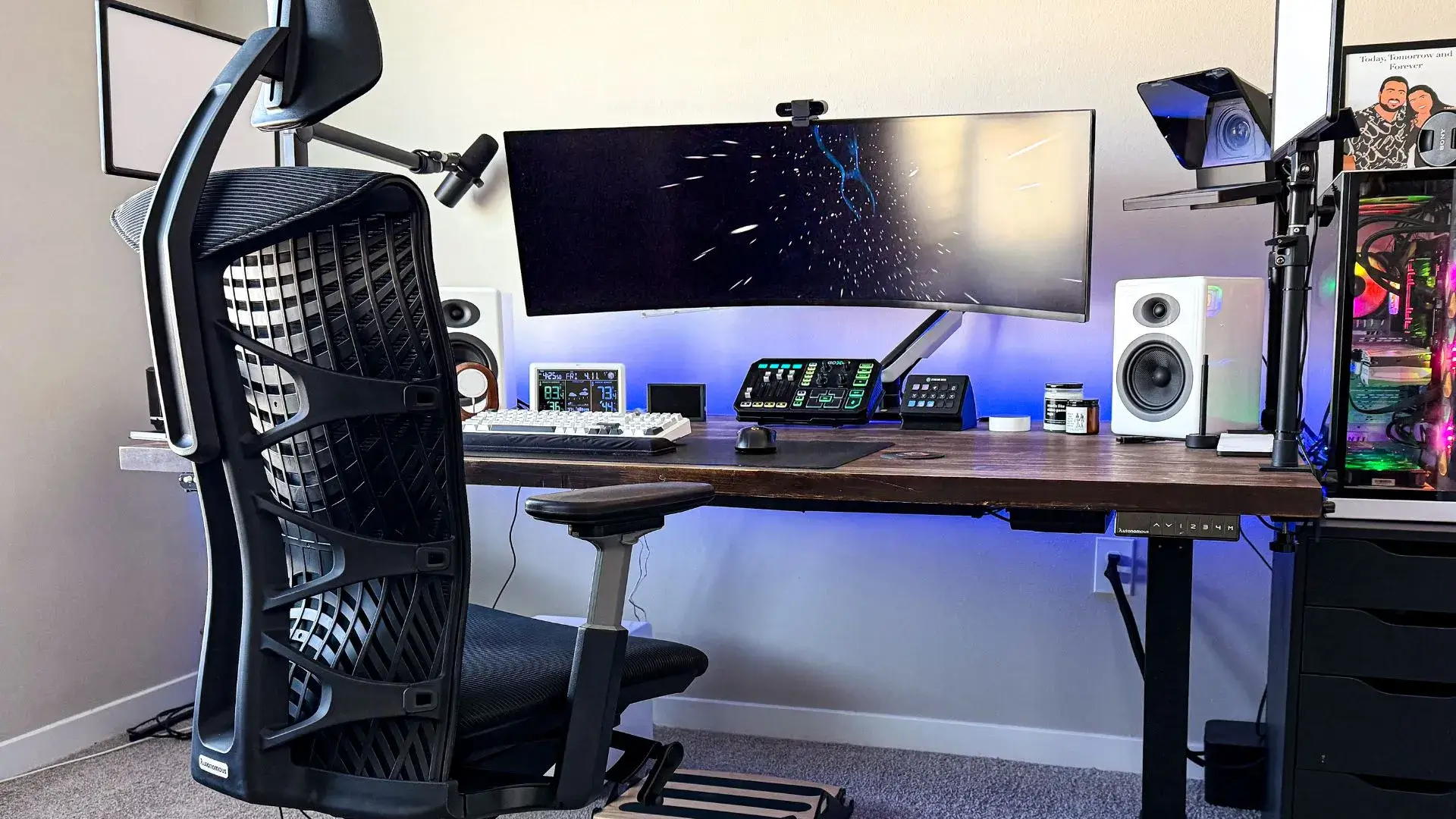

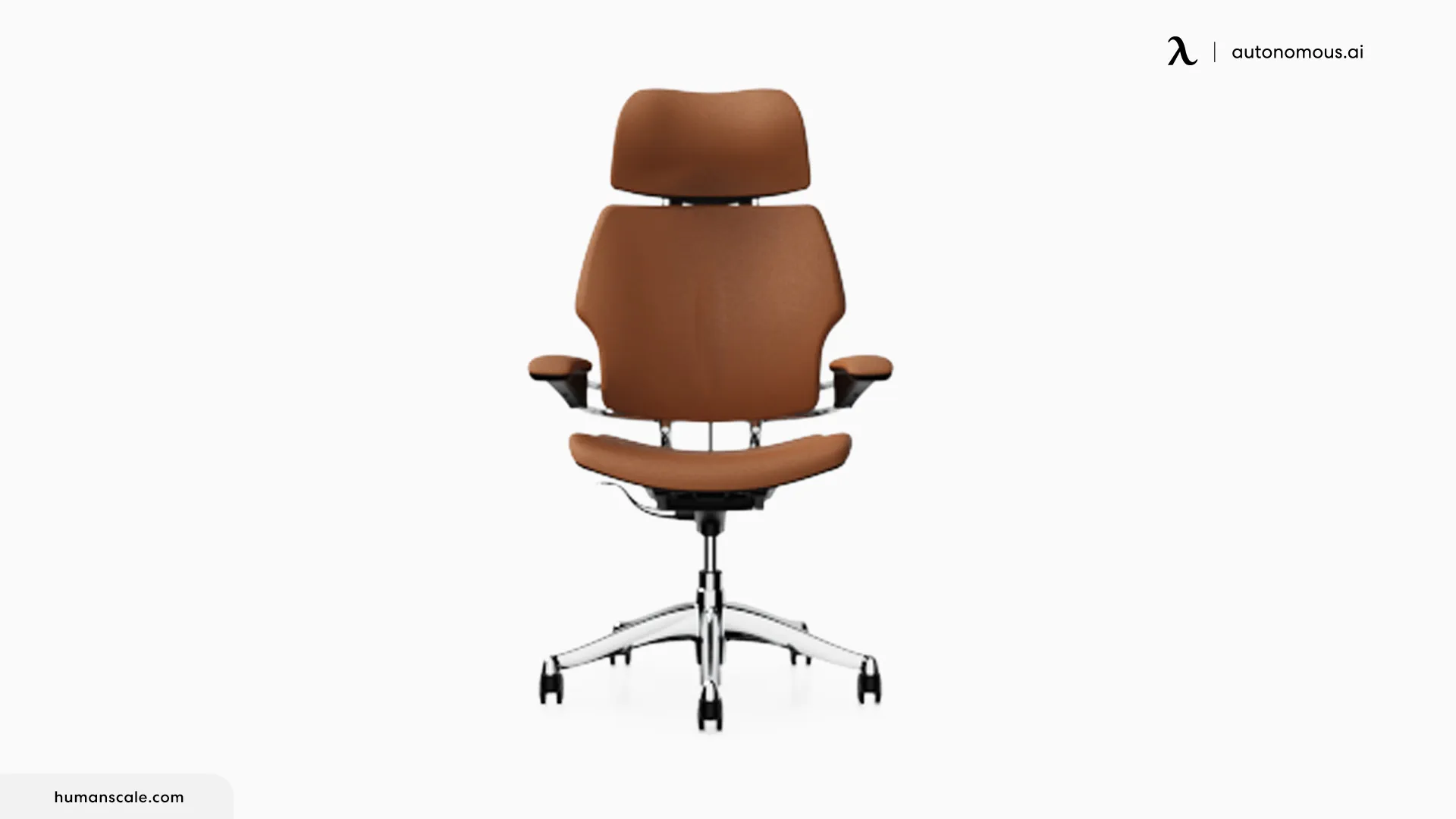

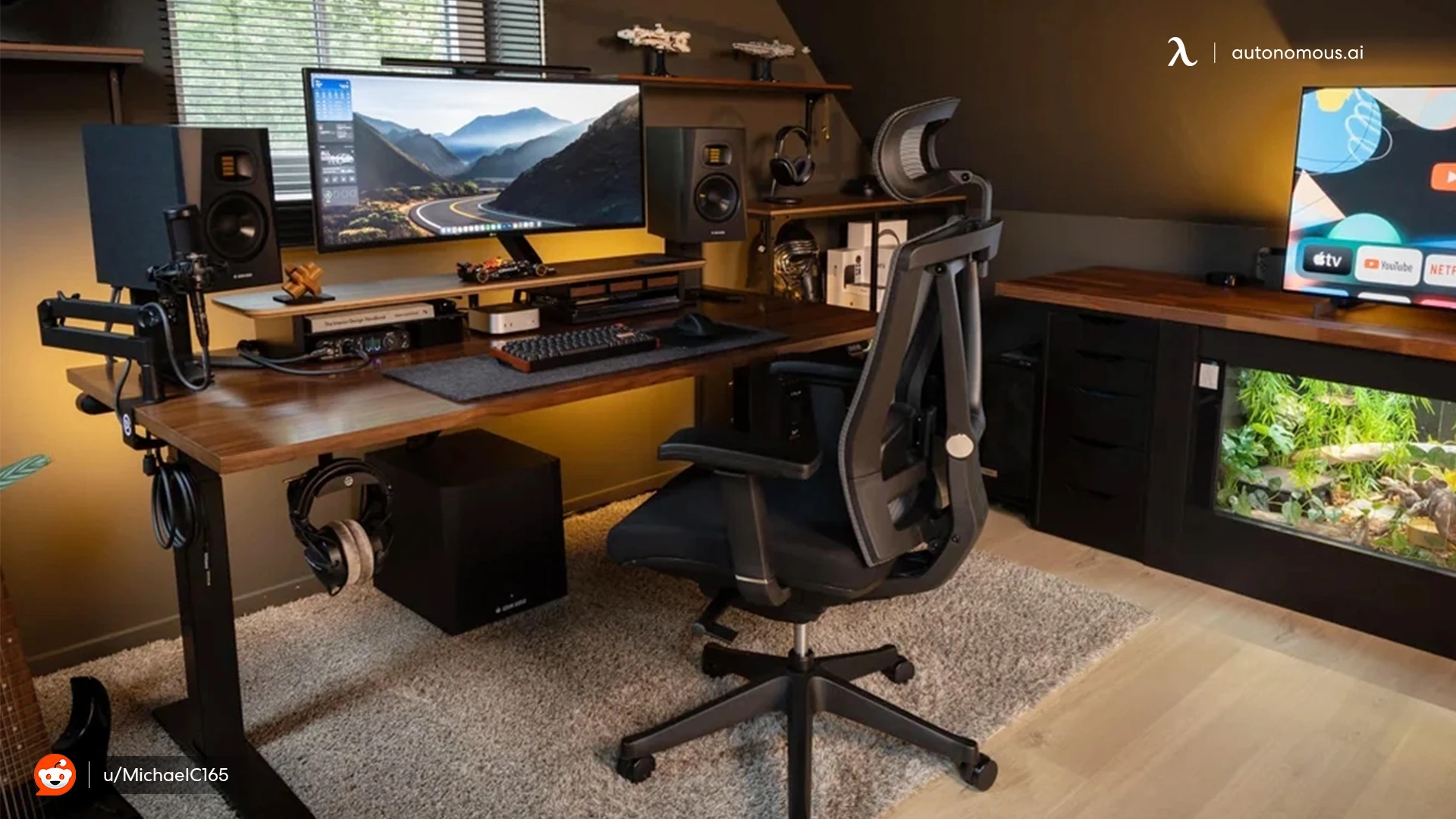
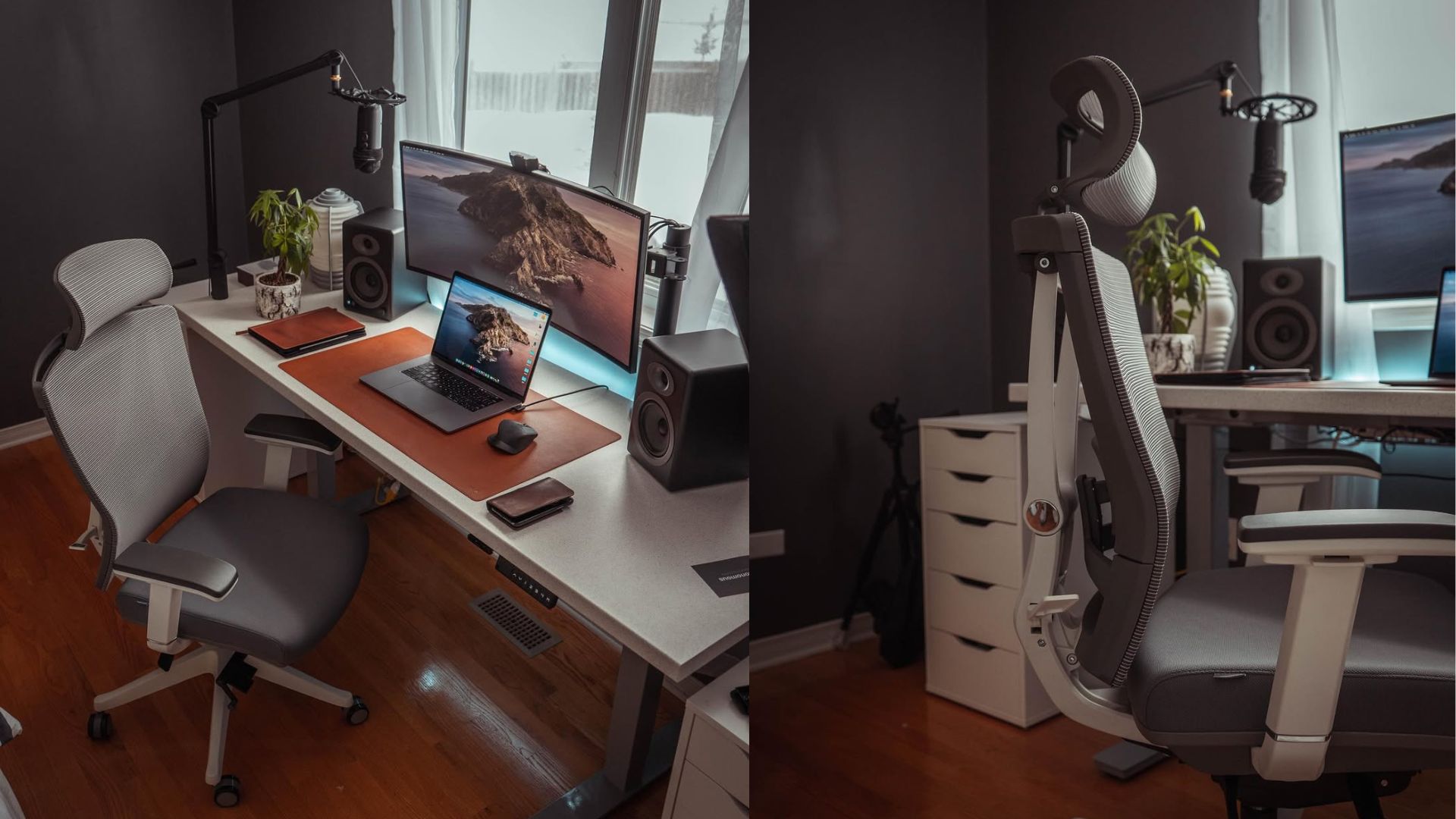
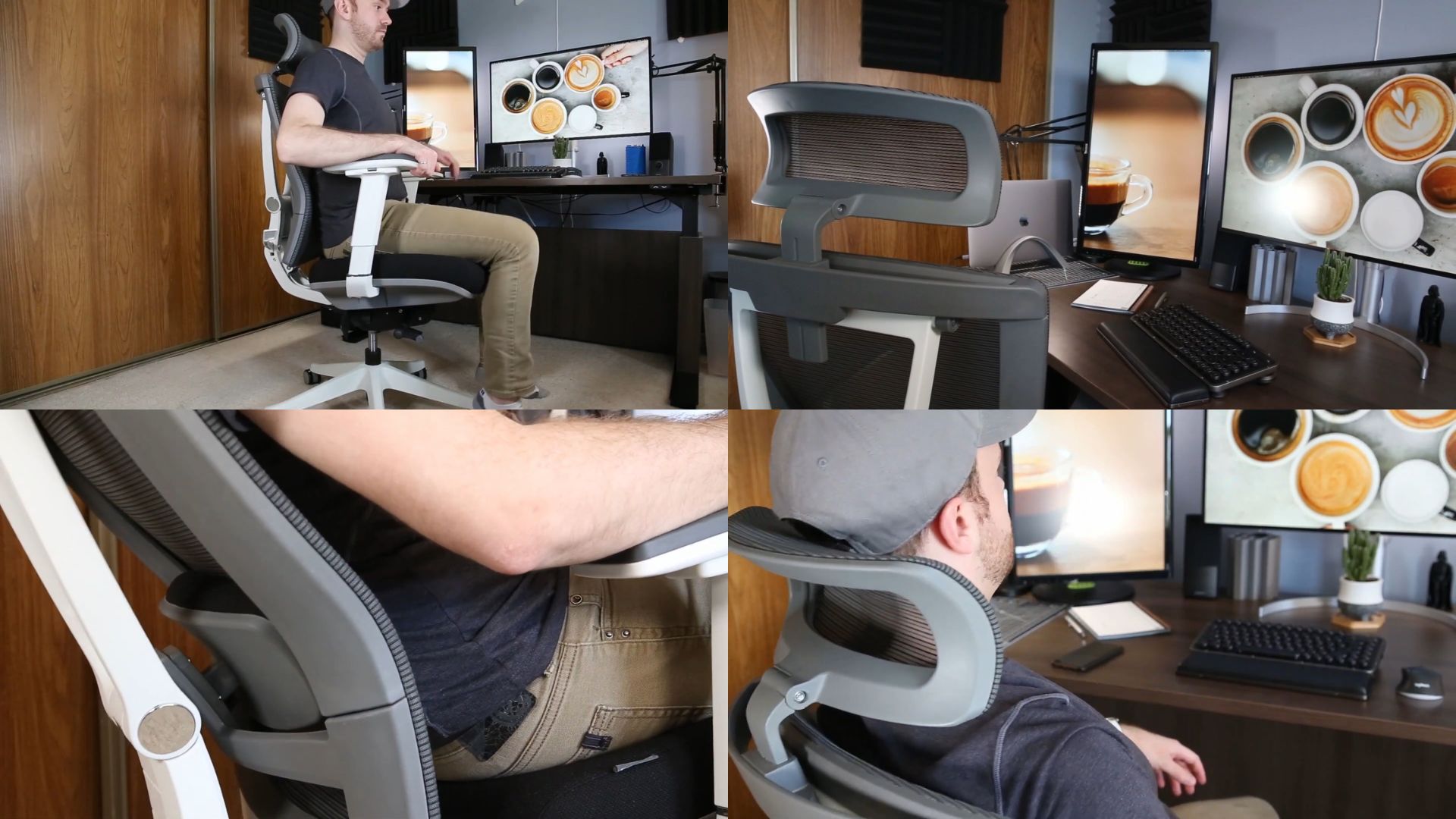
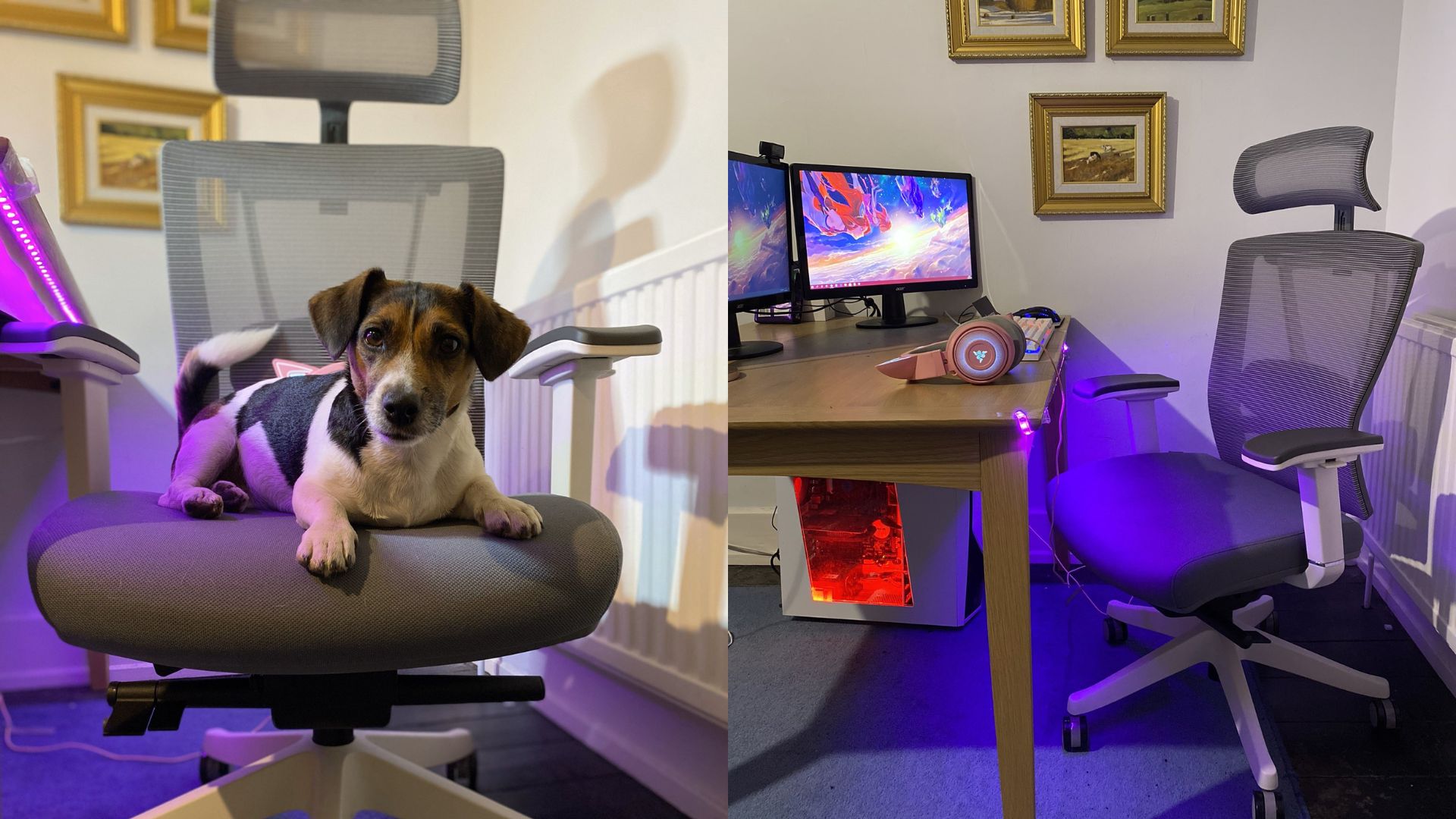
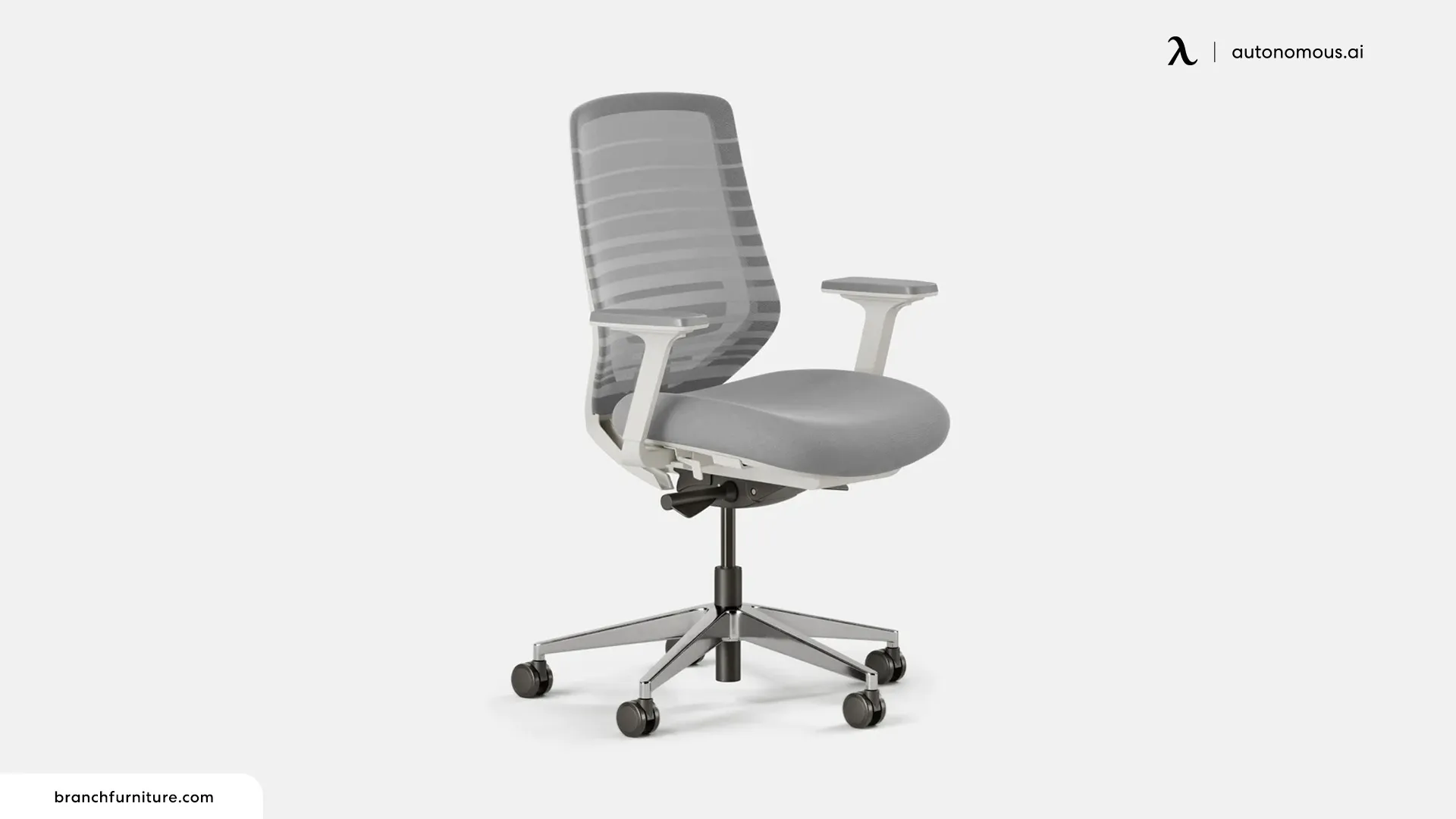


(1).webp)

